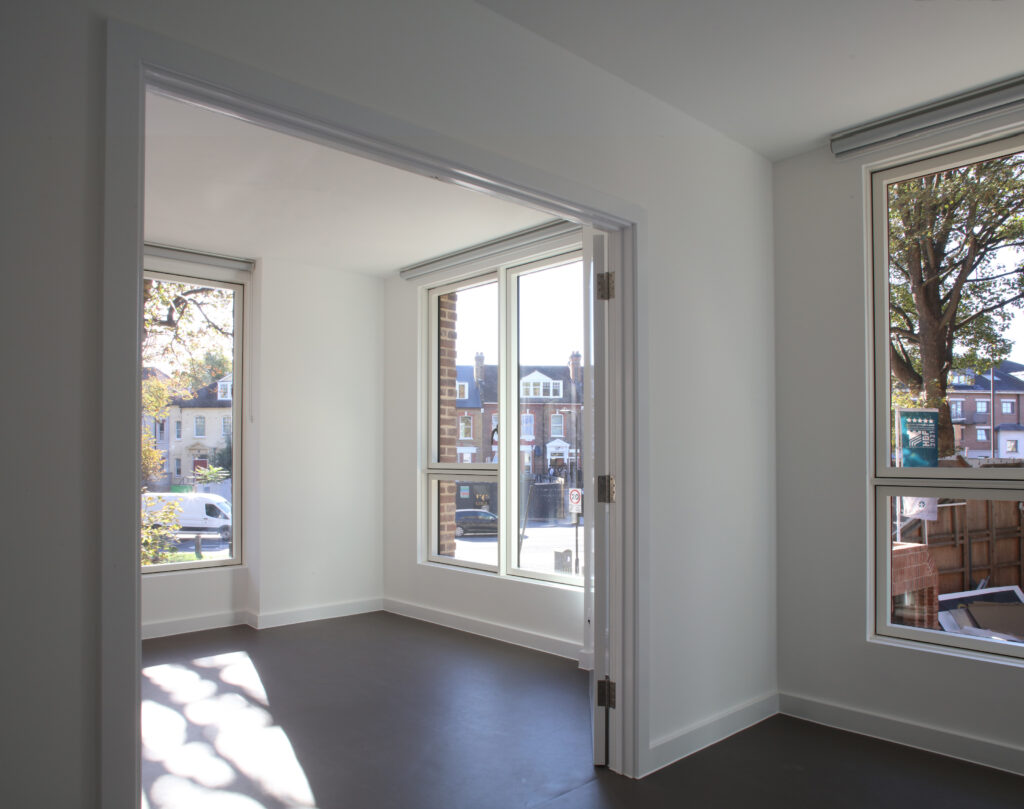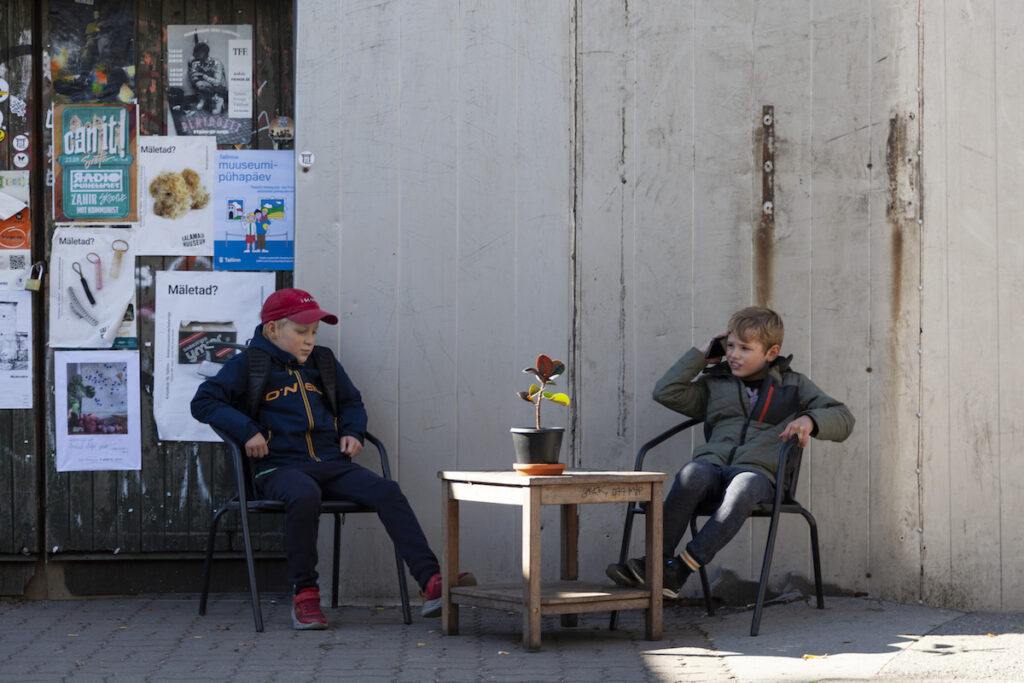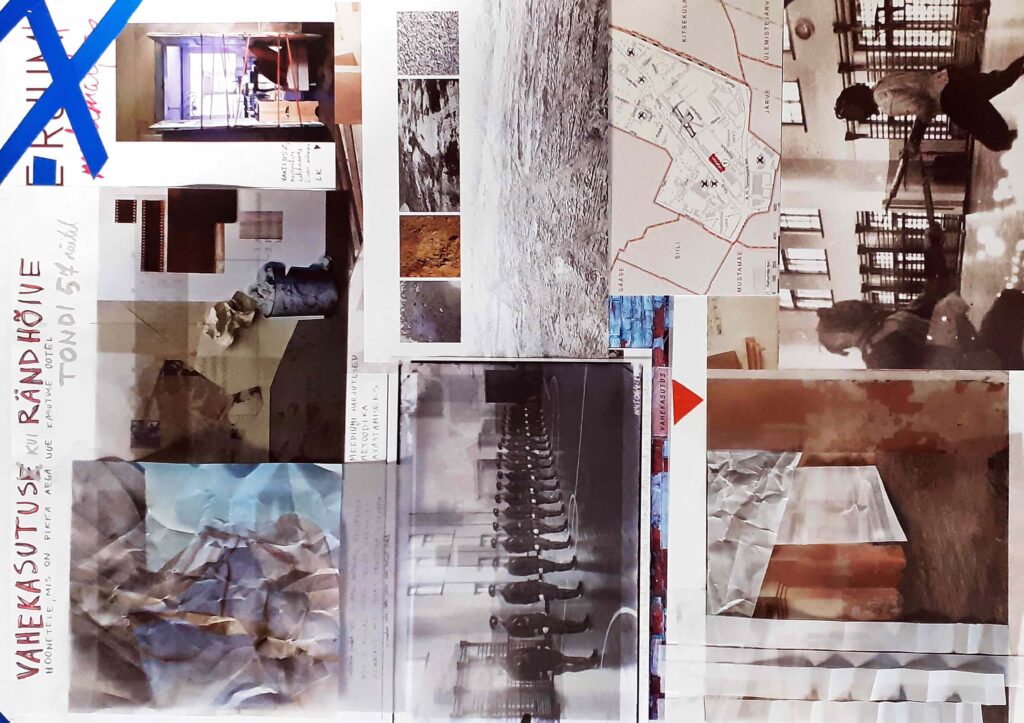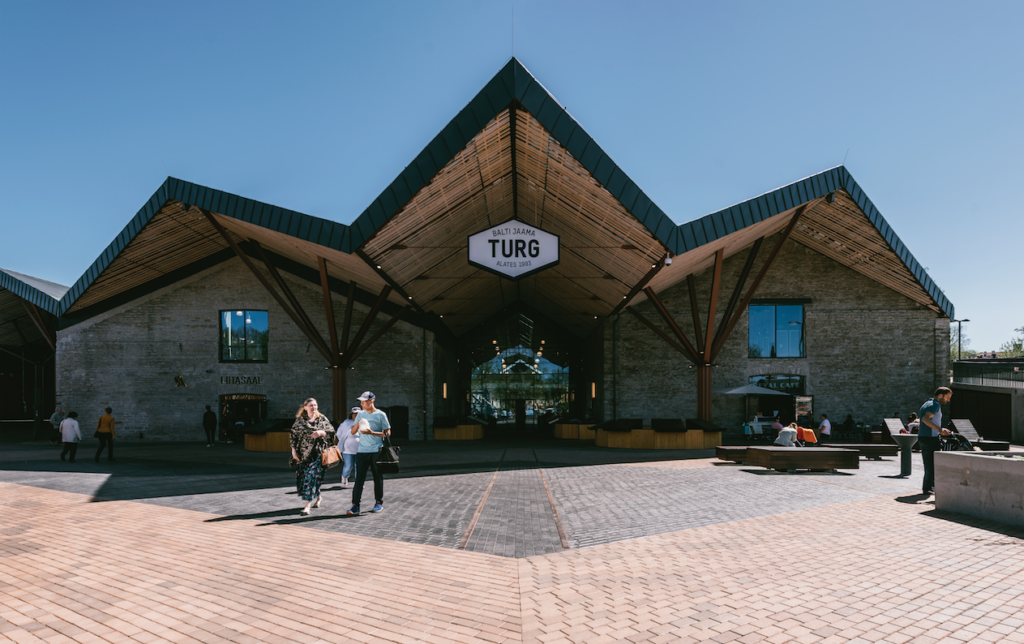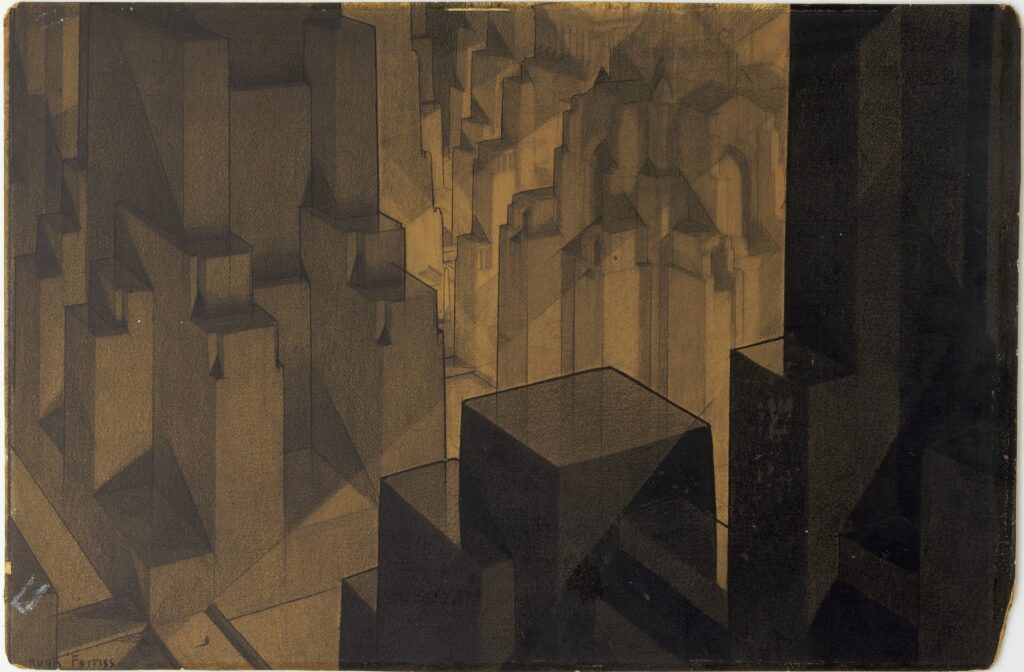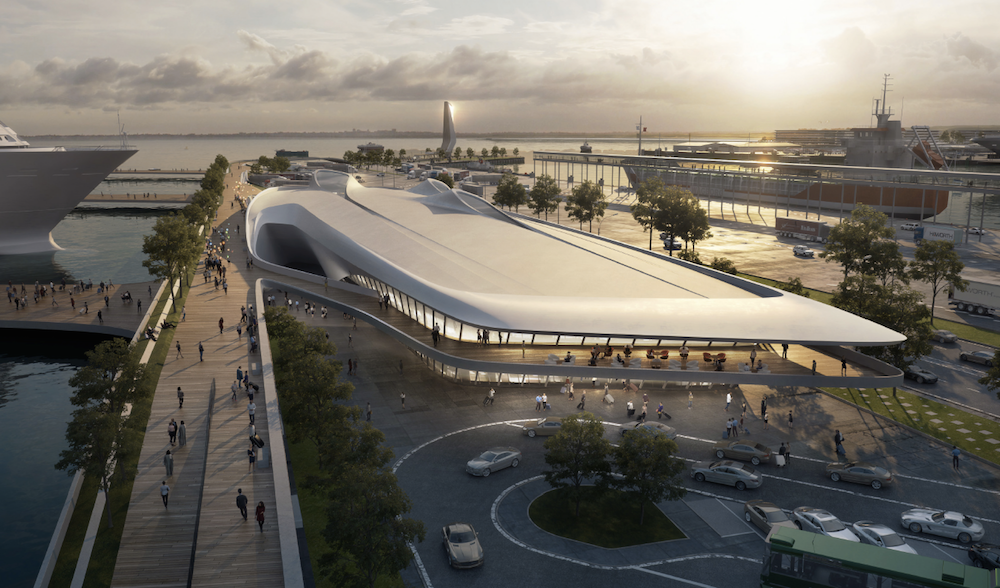The Danish architect Mette Johanne Hübschmann analyses the domestic interiors of similarly speculative housing development from a feminist standpoint.
As a country that has experienced Europe’s biggest increase in real estate prices, we will soon face the question: how to avoid reaching the top in segregation and spatial inequality too? Hannes Aava explores.
How can we explore the authenticity of interior space? Semele Kari moves to a barrack at Tondi and describes a pop-up interior architecture office inhabiting the desolate spaces as a methodology with the aim of finding the most suitable upgrade for them.
The circular economy centre highlights the potential of waste materials as a reusable resource. It creates possibilities for repairing, reprocessing and using things again.
I have failed to notice, in all those nostalgic reminiscences about the old Baltic Station market, has anyone shown any interest in whether the sellers themselves actually enjoyed spending time in this environment?
In the last few years, several public buildings with unexpected combinations of functions have been built in Estonia due to practical reasons, and soon, a series of state houses combining a kaleidoscopic array of institutions in smaller towns will follow. How do these public buildings reflect our present times, and how should they?
Does the legal space facilitate or hinder us in turning living environment in Estonia smart and in a smart way?
How did a landmark in wooden architecture—the largest public wooden building in Estonia—come to be?
Maja spring 2021 edition is on sale in Estonia. For subscriptions please contact info at ajakirimaja.ee
There are tumultuous times in the seafront development in Tallinn with variously motivated changes. This is the moment when architectural institutions must perceive their sense of responsibility and contribute to the big picture with their expert knowledge.
No more posts
ARCHITECTURE AWARDS


